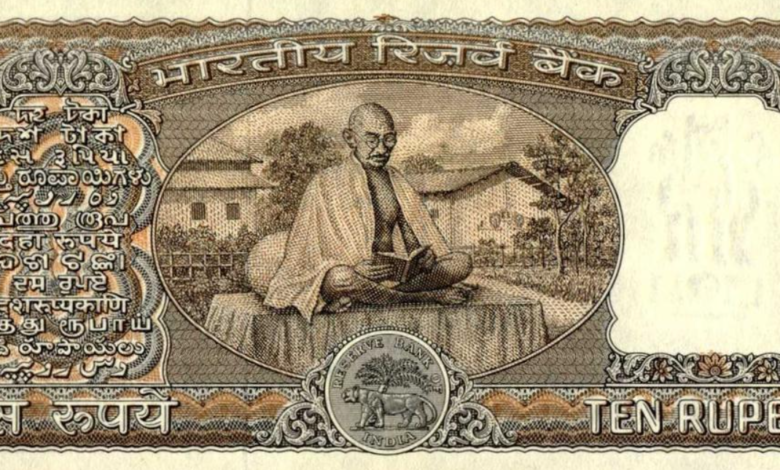Earliest Banknotes Featuring Gandhi Are On Display At Rezwan Razack’s Museum Of Indian Paper Money

There is a museum in Bengaluru that is solely focused on Indian banknotes since 1812, and it is located in the city center.
British rulers are featured on currency-based artifacts and notes on display at the Rezwan Razack’s Museum of Indian Paper Money. But it also contains the first banknotes with Gandhi’s image.
Gandhi’s 100th birthday was celebrated in 1969, and the RBI first released notes featuring him. Earlier, in 1948–1949, it was suggested to use a portrait of Gandhi; however, the idea was dropped, and the Lion Capital at Sarnath or the Ashoka Pillar, in place of the portrait of King George VI, was used on notes, according to Razack, co-founder of the Prestige Group, who launched the private museum in 2020. Until Gandhi’s picture was placed on the 500 note in 1987, this Emblem was still present on the currency. From 1998, he was pictured on all coins other than the one.
The Collector also has artwork created by renowned Mysorean artist NS Subbakrishna for commemorative banknotes in various denominations. In 1968, Subbakrishna submitted hand-painted sketches in Indian ink for the 1, 2, 5, 10, and 100 rupee notes as well as three sketches for the 1 rupee coin. The drawing of Gandhi sitting with the Sevagram Ashram in the background was chosen by the judging panel. The RBI gave Subbakrishna a ₹1,000 Prize for his design. Starting on October 2, 1969, the notes were made available for circulation.
News Mania Desk






